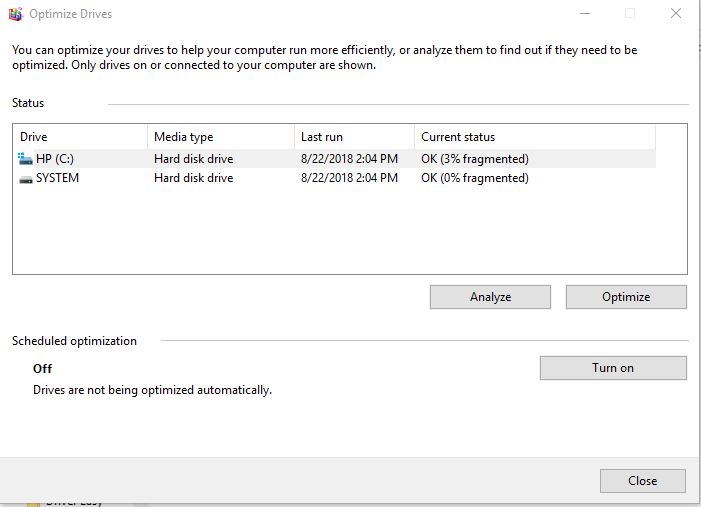New
#11
I have read conflicting reports for the last five years about optimization, defragmentation, and TRIM. Some reports suggest that Windows is smart enough to know what to do with the SSD and some reports suggest that the SSD's architecture has outrun Windows 10 implementation tactics.
A small example of this would be the fact that I have the most current Crucial SSD firmware to date for my particular drive, and yet Windows 10 still chooses to see it as a HDD :
More alarming, is the fact that it fragments at a rate of 3% an hour on average even with TRIM enabled when the scheduled optimization is turned off for all drives.
I have about had it with the conflicting reports that Windows 10 knows what it is doing with my SSD when it can't even display correctly in an optimization GUI. My SSD is a permanent fixture within my enclosure and I do not swap it around from computer to computer via a cable.
Any suggestions or proof that TRIM is doing its job when Windows 10 is too inept to even have my drive listed correctly in an optimization GUI? I mean for the love of whatever, it has the audacity to list that the drive is fragmented; but unfortunately, it cannot be run on a regular schedule because it will eventually degrade the SSD according to the manufacturers of SSD's.
So in retrospect and looking forward, I would like to come across an article that addresses specifically how an SSD should be treated when a OS refuses to see the drive for what it really is.
I remember the days when you were able to lie to the computer when hooking an incompatible piece of equipment to it, and it would work because you had the option to choose a set of parameters that the computer didn't know to flag as unusable.
Now, it is the complete opposite; I have an OS lying to me about what type of drive I have installed for who knows what reason. In other words, I miss being in control of something I own because someone in a cubicle somewhere half-way around the world feels it is important for the end user to not be in control of their equipment.



 Quote
Quote


